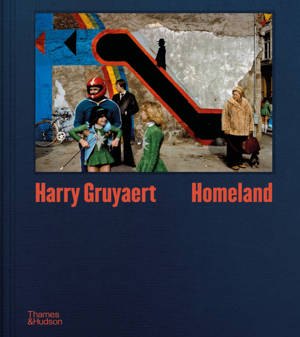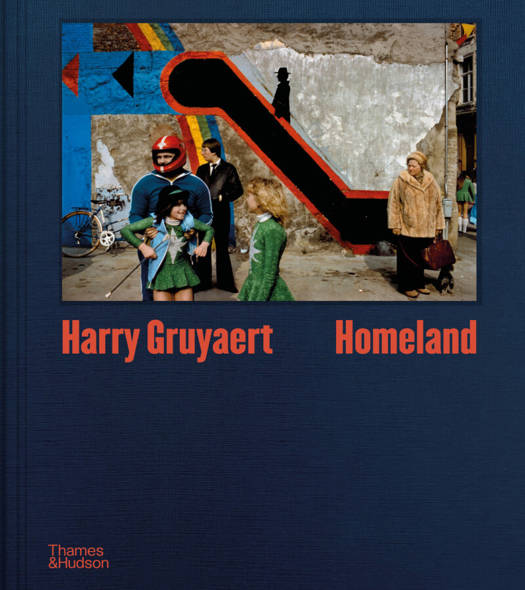
- Retrait gratuit dans votre magasin Club
- 7.000.000 titres dans notre catalogue
- Payer en toute sécurité
- Toujours un magasin près de chez vous
- Retrait gratuit dans votre magasin Club
- 7.000.000 titres dans notre catalogue
- Payer en toute sécurité
- Toujours un magasin près de chez vous
Description
Born in Belgium in 1941, Harry Gruyaert was one of the first European photographers to take advantage of color, following in the footsteps of US pioneers including William Eggleston and Stephen Shore. Heavily influenced by pop art, his dense compositions are known for weaving together texture, light, color, and architecture to create filmic, jewel-hued tableaux. As a result, they often seem closer to painting than to photography.
Although his wanderlust has taken him to many exotic locations, Gruyaert has frequently returned to his country of birth. Here, in the homeland that he had considered so desolate in his younger years, he found unexpected beauty. Urban lighting, neon storefronts, glimpses behind suburban dwellings, passersby wandering drunkenly home, ports that never sleep, countryside with seemingly infinite horizons: his lens captures the singularity of his nation, portraying everyday life in a way that unfolds like a hyperrealistic film set. As a counterpoint to these more recent color photographs, three portfolios of black-and-white images taken in the 1970s punctuate this visual immersion and journey through the lowlands.
Spécifications
Parties prenantes
- Auteur(s) :
- Editeur:
Contenu
- Nombre de pages :
- 256
- Langue:
- Anglais
Caractéristiques
- EAN:
- 9780500028995
- Date de parution :
- 14-01-25
- Format:
- Livre relié
- Format numérique:
- Genaaid
- Dimensions :
- 234 mm x 262 mm
- Poids :
- 1358 g







